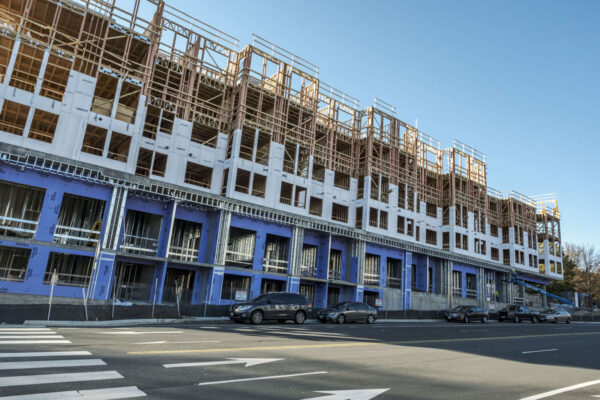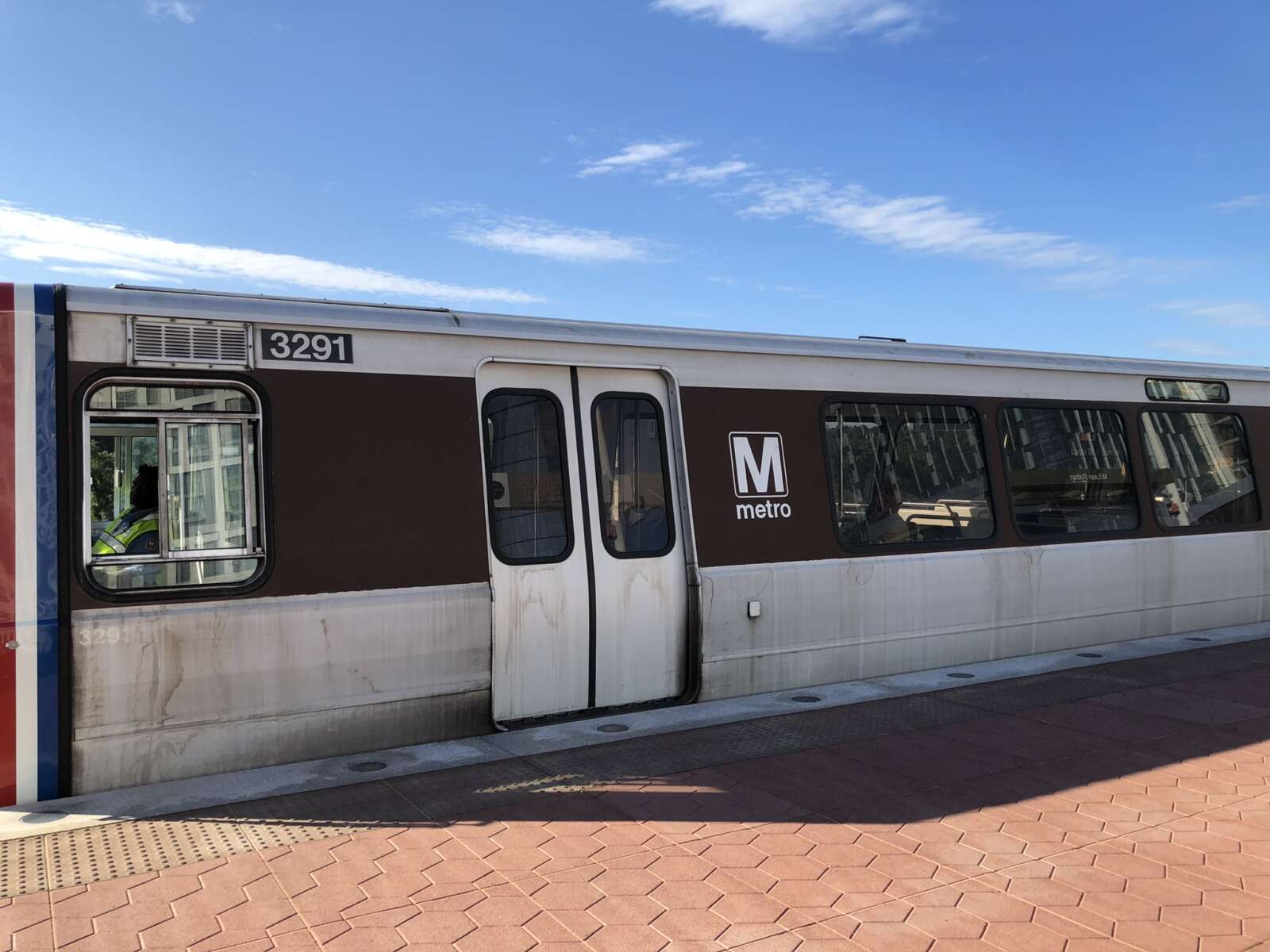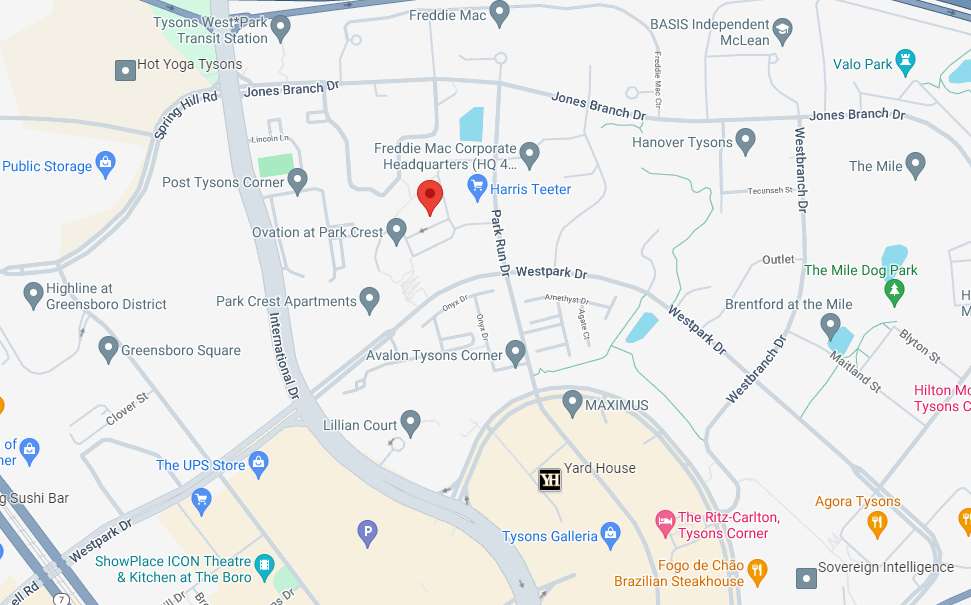
Fairfax County is moving forward with an update to its affordable housing policy that could ensure a one-for-one replacement of affordable housing units in areas under redevelopment — signaling a major push to bind development to affordable housing preservation.
Open for public feedback until 4:30 p.m. on Oct. 28, the proposal would amend the county’s comprehensive plan to require developers to replace affordable housing on sites where it’s being eliminated in order to get their project approved.
The proposed policy leads with the first goal of ensuring “no net loss of affordable housing units within redevelopment to the extent practicable.”
There are a few policy changes listed beneath that, but one of the more practical and relevant ones for new development is Policy E:
For any proposed Comprehensive Plan amendment or zoning application review that proposes redevelopment of existing multifamily residential units, conduct an affordability analysis through the Department of Housing and Community Development to 1) identify existing affordable housing onsite and 2) understand the potential impacts of the proposed redevelopment on the existing affordable housing, such as a reduction in the number of affordable units or modification to the income tiers served.
This policy seemingly extends not just to committed affordable units — those contractually set to be available at certain levels of income — but to market-rate affordable housing units too — units that are at levels considered affordable without being set as such by a regulatory agency.
While some of Fairfax County’s neighbors like Alexandria have one-to-one replacement requirements for committed affordable units, requiring the replacement of market-rate units is a fairly bold new step.
“Absent any long-term affordability commitments, market-affordable developments can be lost to redevelopment or repositioning of the asset, leading to the displacement of existing residents and to community fragmentation,” the policy proposal said. “The County has committed to a goal of no net loss of these market affordable units, and should preserve the affordability of market-affordable multifamily rental housing units to the extent practicable.”
The changes within the proposal could also ripple out beyond just affordable housing preservation. Like in Alexandria, the county could allow greater density in exchange for affordable housing units.
“Additional residential densities or intensities above the Plan recommendation may be considered in development proposals that commit to long-term preservation (30 or more years), as an incentive to preserve or replace existing affordable multifamily rental housing units,” the proposal said.
The policy proposal noted that levels of density granted could involve other factors, like transit accessibility or financial feasibility around affordable units.
“The potential benefit of the preservation relative to the number and type of units preserved, the income levels served, and/or the strategic importance of the units relative to other factors, such as transit accessibility or financial feasibility of the preservation should be considered as part of any proposed development seeking additional density or intensity,” the proposal said.
The change wouldn’t give developers carte blanche for added density, however, and any proposal would have to weigh the impacts to the environment, schools, parks and other public facilities.
The Board of Supervisors reviewed the proposal at a Housing Committee meeting on Sept. 30. The meeting raised some questions about its feasibility, but the committee seemed generally in favor of the changes to the plan amendment.
“I do acknowledge that in some areas we might have difficulties being able to actualize that one-for-one replacement,” Lee District Supervisor Rodney Lusk said. “Thinking about my own district, I’m thinking about flood plain issues and other environmental aspects. That creates an issue.”
In areas where there can’t be a one-to-one replacement on site, Lusk said the county should consider requiring housing built elsewhere, but for the sake of keeping communities together, he said off-site housing should be the last resort.
Supervisor Dan Storck said around 80% of the units that would be preserved would be along the Richmond Highway in his Mount Vernon District.
“We do not want to go the route of Alexandria,” Storck said. “Frankly, they’ve lost about 90% of their affordable housing over the last 20 years, and that’s exactly why we’re doing what we’re doing. I think the board gets that we can’t just sit idly by and hope for the best…That challenge means we have to sit up our game and work more. The next steps are all ones that I fully support and think are essential to preserving housing, and frankly, I think more is going to have to be done even than that.”





